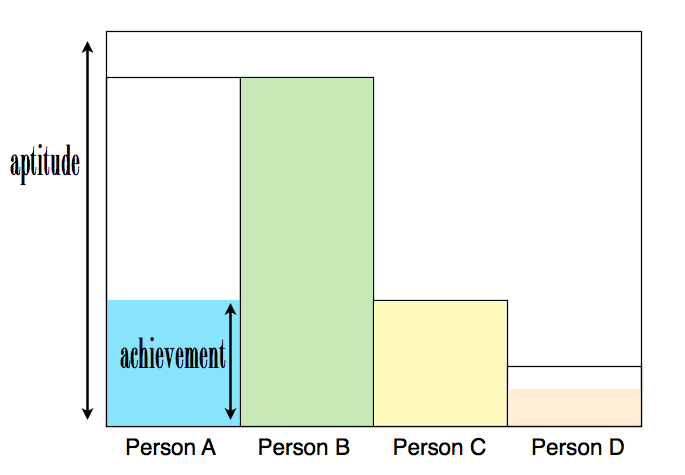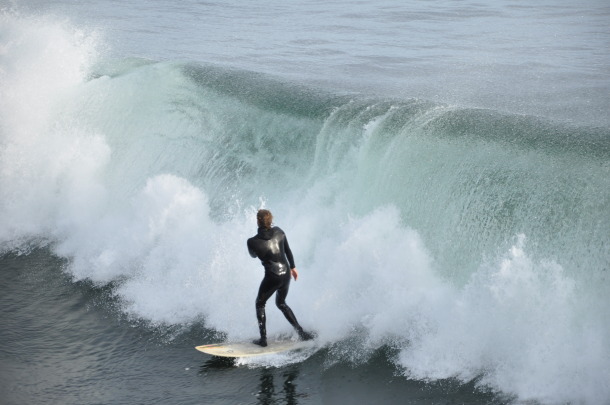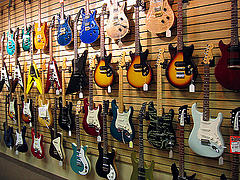Selling students on classical music
/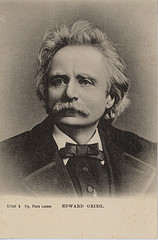 Grieg's hairdo is a little passe but that 'stache could work today.Yesterday I read Chris Foley's post on "The Real Problem with Classical Music" in which he describes a student's reluctance to learn music by composers with "weird" names. In the comments, Chris says, "My issue in the article is how to get younger listeners to relate. They're having trouble identifying with the music and the composers. What can we do to help them?"
Grieg's hairdo is a little passe but that 'stache could work today.Yesterday I read Chris Foley's post on "The Real Problem with Classical Music" in which he describes a student's reluctance to learn music by composers with "weird" names. In the comments, Chris says, "My issue in the article is how to get younger listeners to relate. They're having trouble identifying with the music and the composers. What can we do to help them?"
Before I share my thoughts on that excellent question, I want to address the idea of weird names. There is no such thing as a "normal" name, and I hope that Chris' use of that word was, as he suggested later, satire. Anglo names are not any more "normal" than Ugandan, Persian, Bosnian, Japanese, Indian, or Afghani names. Some names may be less familiar to you based on your background, but it would be decidedly ethnocentric to suggest that one name is more normal or less weird than another.
Okay, now that I have that out of the way: How can we help kids identify with classical music and classical composers?
Educate students on the current classical music scene. That's what Chris did by posting a Jennifer Higdon video. Giving students concrete proof that the word "composer" does not mean "dead European dude" is a great way to bridge the relevance gap.
You could also get into relatable performers who are breathing new life into the old stuff. There are hot shots like The 5 Browns, role models like the "From the Top" kids, and perhaps even some young and vibrant musicians in your local scene who can help you make the point that art music is still alive and relevant.
Exposing your students to the world of modern classical music is as easy as messaging YouTube links back and forth. YouTube can also be a great resource for study - you'll find different versions of a piece, filmed in concert halls and living rooms around the world for your perusal, appreciation, and analysis.
Find out what your students do like, and make the connection. Lots of kids actually have no idea what they like ("I just listen to whatever's on the radio") but sometimes you get lucky and they'll mention a favorite song that you can do a quick harmonic analysis on, which you can then link to something that the student is working on. It could be something as simple as "This piece in the key of Ab and so is 'Pumped Up Kicks' - notice how the Fm chord appears in both," or it might be a little more involved, such as comparing a "rock opera" like The Who's Tommy or Green Day's American Idiot to a song cycle of Schumann or a Verdi opera. If you expect your students to be open-minded when it comes to classical music, it behooves you to approach pop music with the same attitude.
Educate yourself on the current popular music scene. To take a step further, dig a little deeper into popular music. I don't necessarily mean the Top 40 charts - there's no way to know what will stand the test of time. However, if you dig a little deeper you will find career-oriented musicians who have something to say, who are making actual art. Paste Magazine is a great resource if you're starting from scratch, as well as the college radio charts and actual college students. Radiohead, Wilco, The Flaming Lips, Aimee Mann, and Ron Sexsmith are just a few of the artists who are considered to be "pop music" while enjoying critical success and multi-decade, influential careers. Keep moving toward the cutting edge and you'll find that the best young bands around continue the centuries-old process of learning from the masters of the past as they blaze new trails.
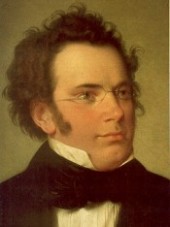 Nice mutton chops, Franz!Turn those dead European dudes back into real people. My favorite thing about playing eighteenth- and ninteenth-century music is how it brings to life people I could never have connected with otherwise - they died before I was born, spoke another language, and and aren't even on Twitter. But for a student who is intimidated by the appearance, name, or old-fashioned-ness of a composer, you'll have to do a little more work to humanize him. "Hey, 'Johann' is just a German version of John or Juan. And did you know that Johann got in trouble when he was a young church organist because he kept changing the music around and adding notes here and there? And for hanging out with a girl in the organ loft?" Sounds like a typical teenager to me.
Nice mutton chops, Franz!Turn those dead European dudes back into real people. My favorite thing about playing eighteenth- and ninteenth-century music is how it brings to life people I could never have connected with otherwise - they died before I was born, spoke another language, and and aren't even on Twitter. But for a student who is intimidated by the appearance, name, or old-fashioned-ness of a composer, you'll have to do a little more work to humanize him. "Hey, 'Johann' is just a German version of John or Juan. And did you know that Johann got in trouble when he was a young church organist because he kept changing the music around and adding notes here and there? And for hanging out with a girl in the organ loft?" Sounds like a typical teenager to me.
Allow for personal taste. I'm in heaven playing Grieg, Bach, Scarlatti, Schumann, Mendelssohn, and Scott Joplin. Telemann, Haydn, and Handel leave me cold. Like Chris Foley's young student, I'd have trouble picking out a sonatina because there are so many crappy, phoning-it-in sonatinas and a handful of delicious ones. Life is too short to play Czerny, that's my motto. Perform music for them from a variety of eras and let your students find composers they love.
In summary: Show your students that the classical music of the past is still relevant, and the current art music scene is happening. And if it's not happening in your neck of the woods, maybe you and your students can do something about it.

